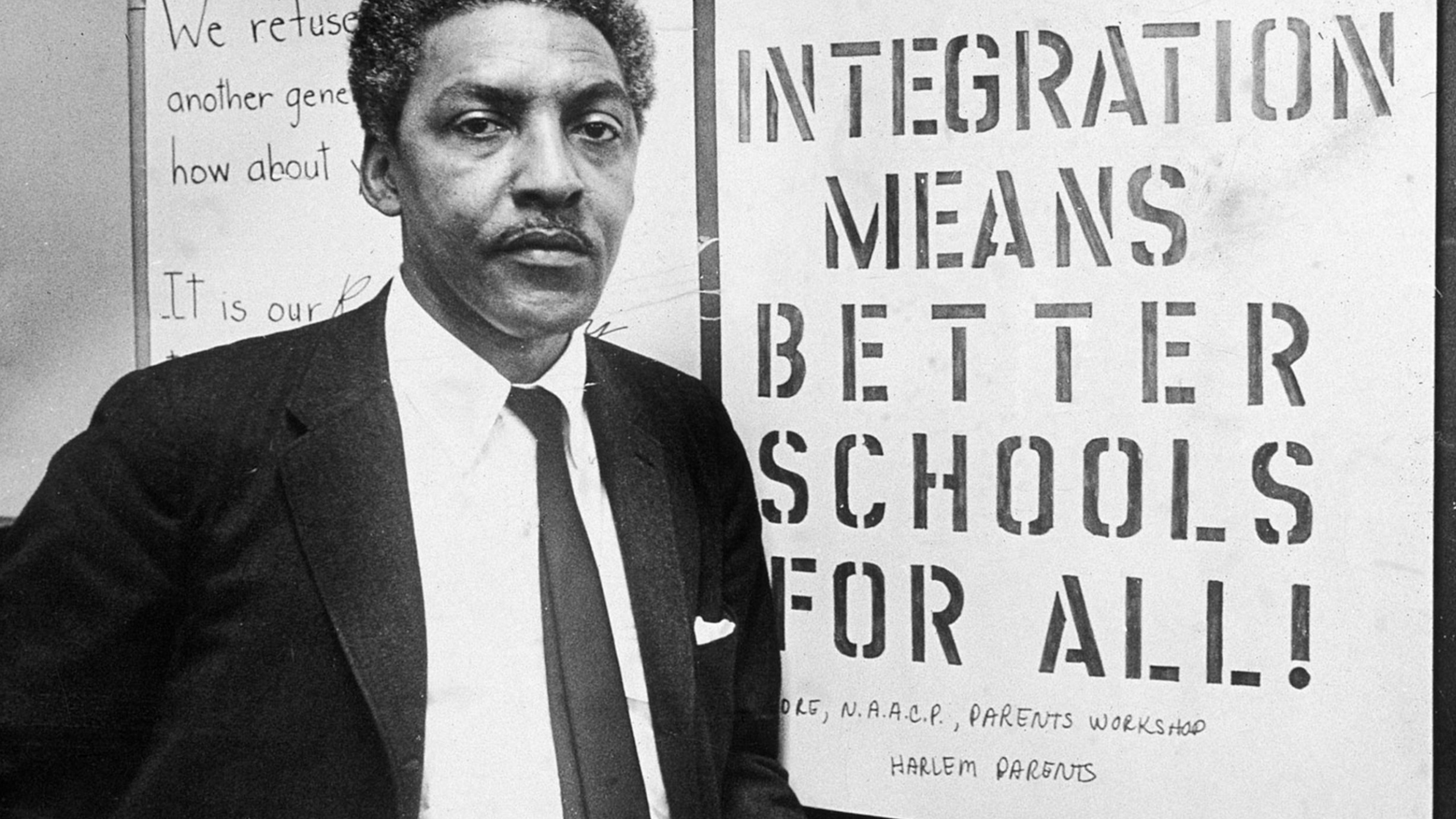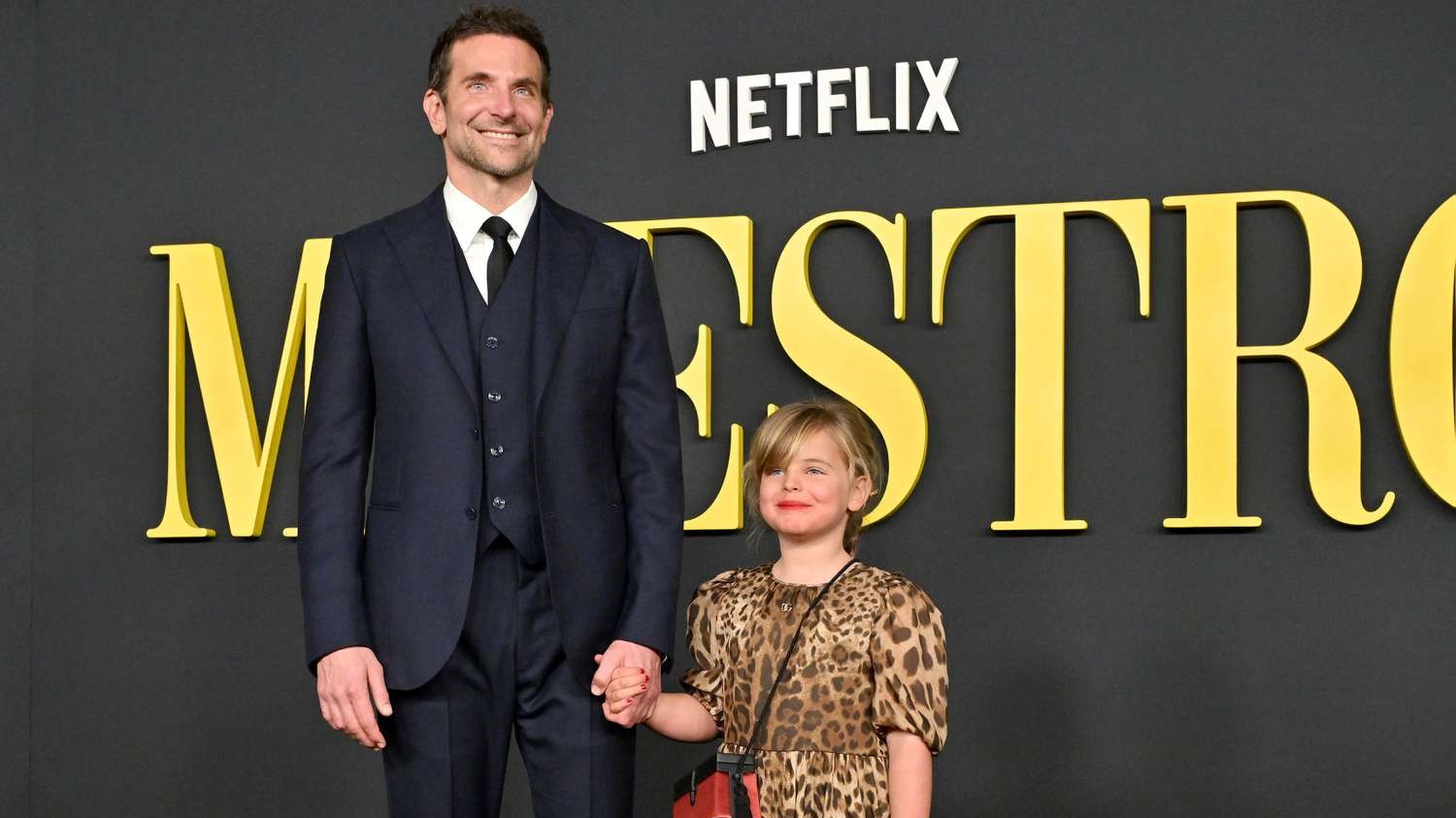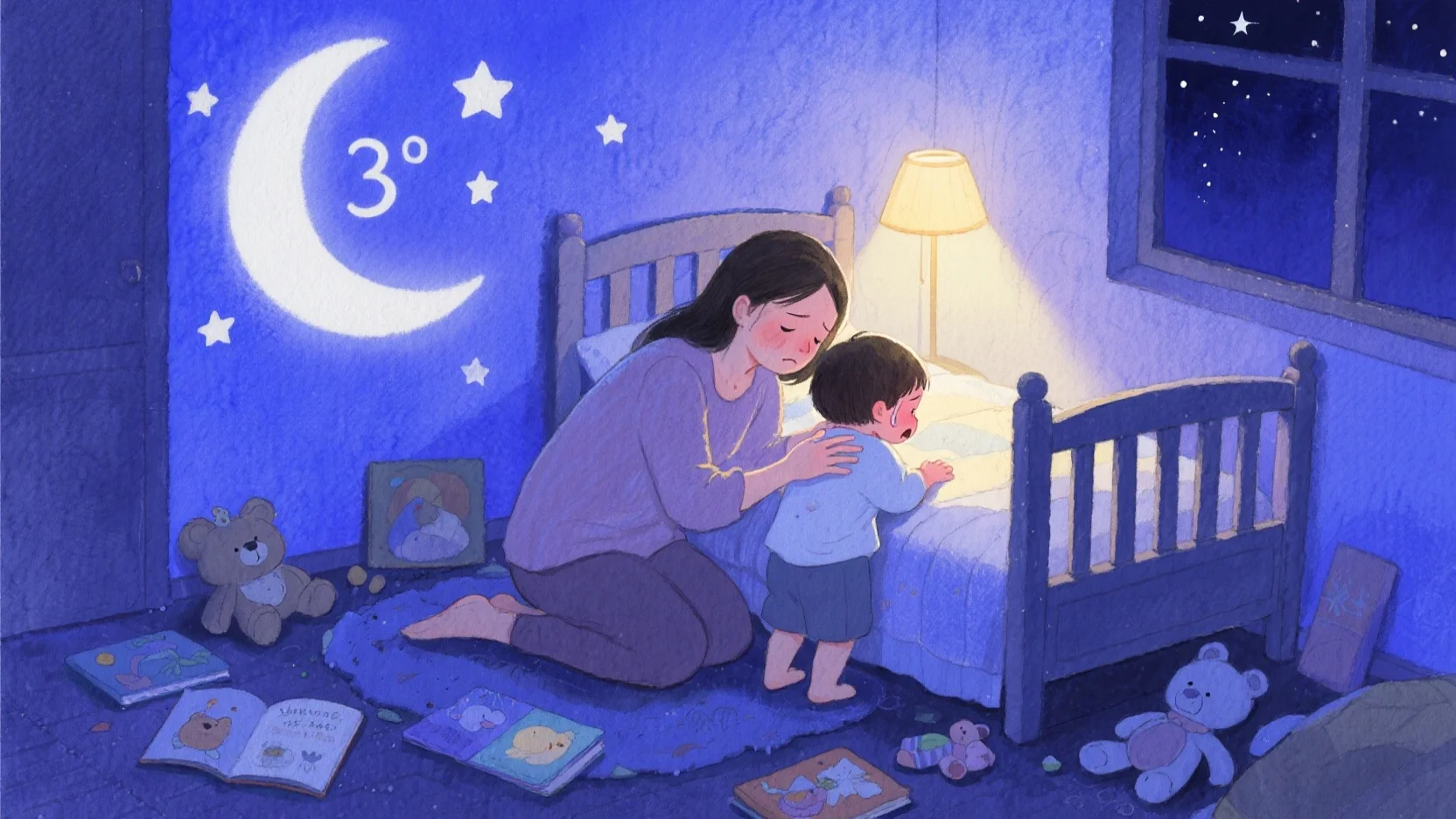Children today need anti-racist role models—both from history and the present—to inspire them in the ongoing struggle for justice.
Across the U.S., schools dedicate entire months to teaching students about Civil Rights Movement icons like Martin Luther King Jr. and Rosa Parks. But the fight against racism doesn’t end there. Now is the time to introduce young people to lesser-known activists whose work continues to shape their lives—and who can inspire them to find their own forms of resistance.
Racism and anti-Blackness have deep roots in this country. As students return to classrooms (virtual or in-person), here are five anti-racist role models they should know:
1. Bayard Rustin (1912–1987)
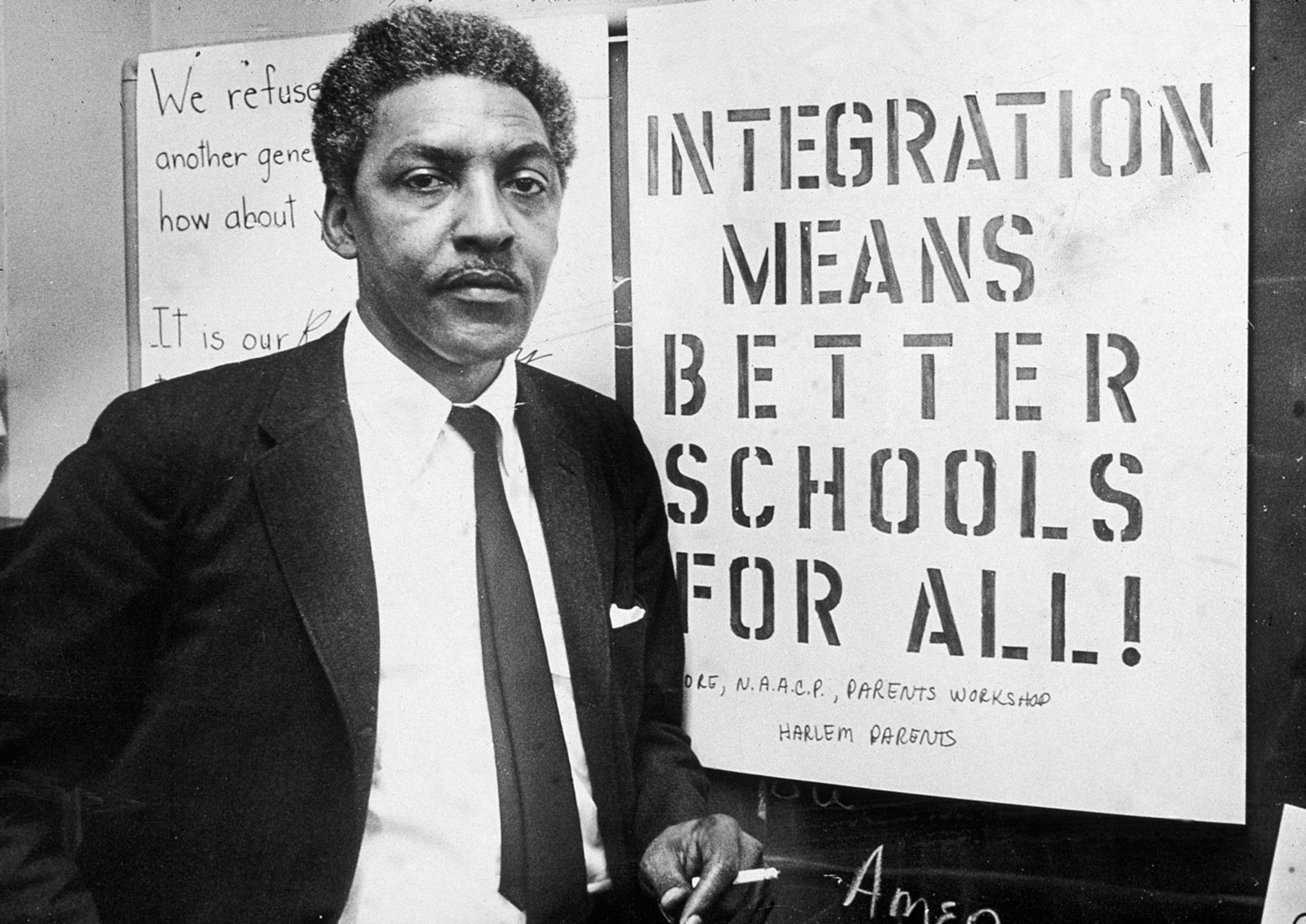
A brilliant strategist and Martin Luther King Jr.’s trusted advisor, Bayard Rustin was the key organizer behind the 1963 March on Washington, where King delivered his legendary “I Have a Dream” speech. Openly gay at a time when LGBTQ+ rights were rarely discussed, Rustin also fought for the dignity of Black queer communities.
He co-founded the Congress of Racial Equality (CORE), pioneering nonviolent resistance as a tool for change. His 1947 arrest for challenging segregation on interstate buses laid the groundwork for the 1961 Freedom Rides. In 2013, President Obama posthumously awarded him the Presidential Medal of Freedom.
2. Rigoberta Menchú Tum (1959–Present)
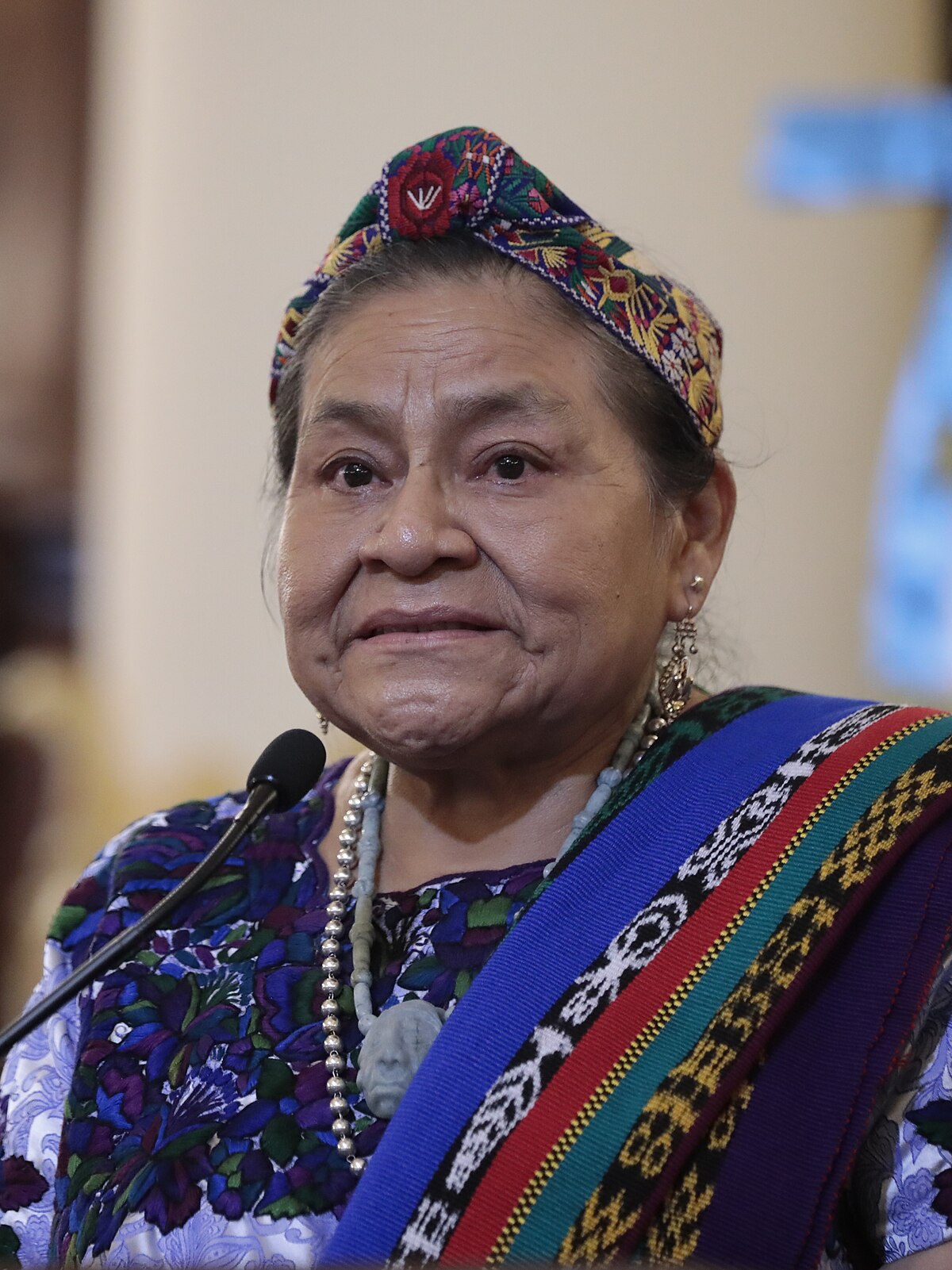
Born in Guatemala, Rigoberta Menchú Tum has spent her life fighting for Indigenous rights. Her activism began as a teenager, resisting military oppression through the Committee of the Peasant Union (CUC).
Forced into exile due to death threats, she continued advocating globally against colonialism’s injustices. In 1992, she became the first Indigenous woman to win the Nobel Peace Prize. Later, she was named a UNESCO Goodwill Ambassador (1996).
“We are not myths of the past, ruins in the jungle, or zoos. We are people who demand respect.” —Rigoberta Menchú Tum
3. Ash-Lee Woodard Henderson (1985–Present)

A proud Affrilachian (Black Appalachian) organizer from Tennessee, Ash-Lee Woodard Henderson grew up questioning injustice. In high school, she reenacted the Freedom Rides, sparking her lifelong commitment to activism.
She has worked with the Chicago Student Nonviolent Coordinating Committee and Project South, focusing on environmental justice in Appalachia. In 2021, she became the first woman executive director of the Highlander Research and Education Center in its 88-year history.
4. Grace Lee Boggs (1915–2015)
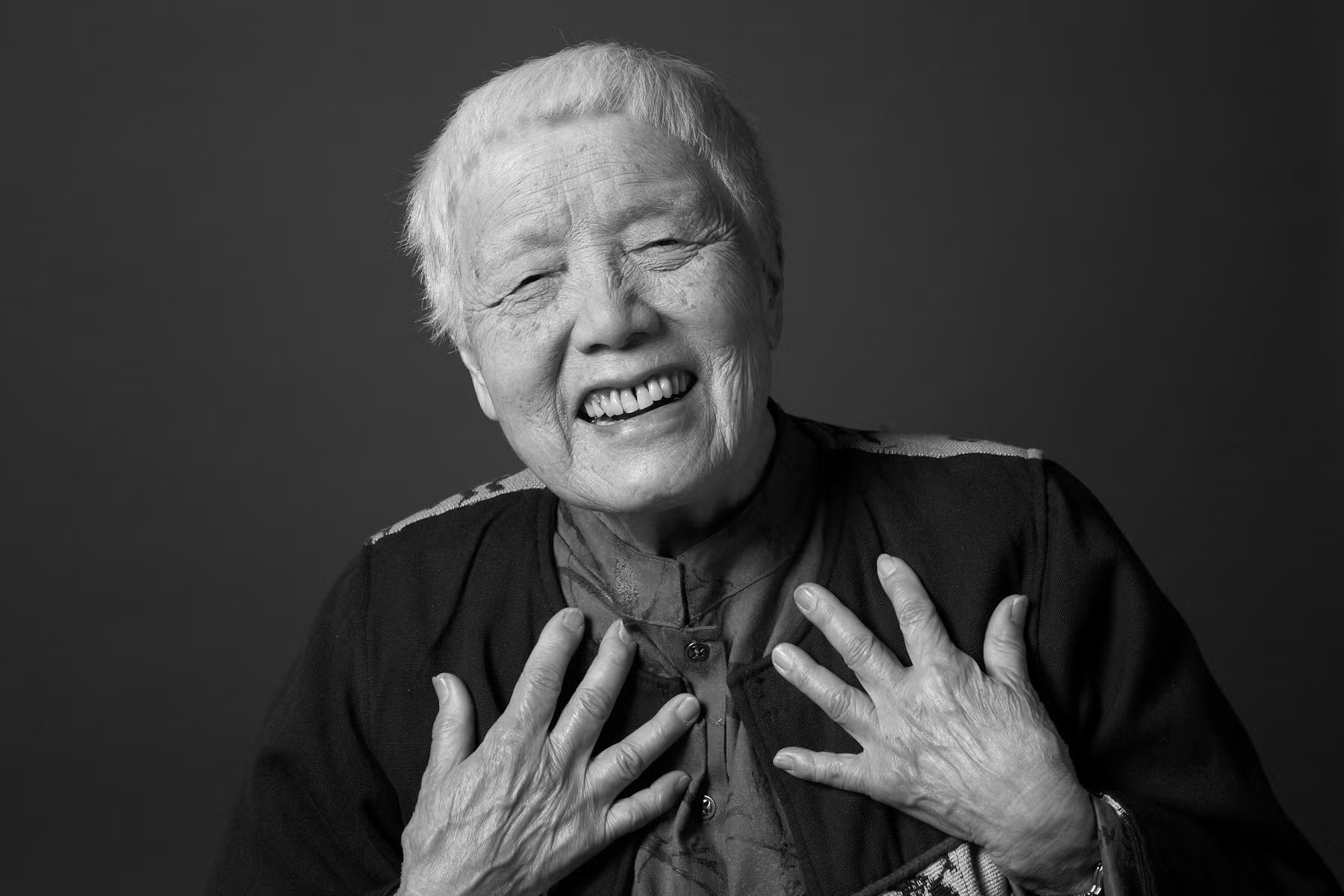
The daughter of Chinese immigrants, Grace Lee Boggs was a philosopher, writer, and revolutionary who centered Black women and girls in her activism. After marrying labor activist James Boggs, she co-founded Detroit Summer, a movement uniting diverse communities to rebuild the city.
Her legacy lives on at the James and Grace Lee Boggs School, a Detroit charter school challenging the school-to-prison pipeline and nurturing young leaders.
“The only way to survive is by taking care of one another.” —Grace Lee Boggs
5. Ziad Ahmed (1999–Present)
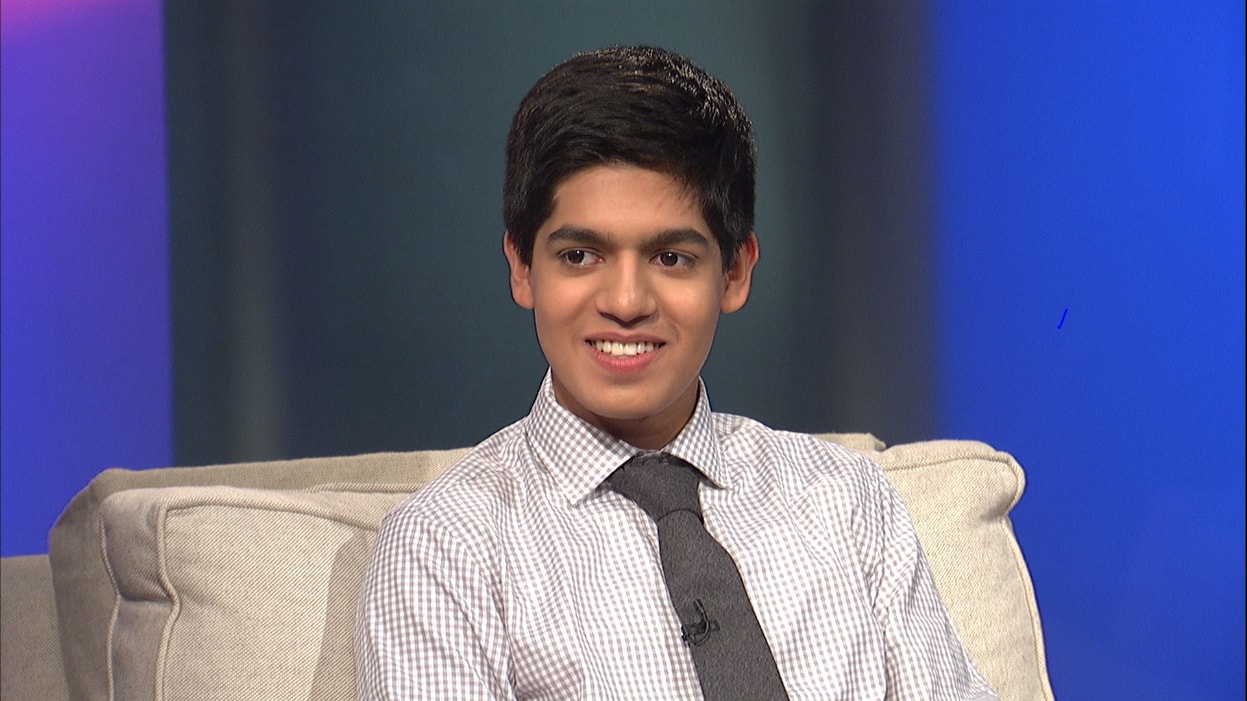
A Muslim Bangladeshi-American activist, Ziad Ahmed made headlines when he answered Stanford’s application question “What matters to you and why?” with ”#BlackLivesMatter”—100 times.
“I wanted admissions officers to understand my rage at a system that fails Black lives,” he told NBC News. Today, he leads Redefy, a youth-led nonprofit fighting injustice, and advises institutions on inclusivity.
Why These Stories Matter
As Kenrya Rankin—a mother, author, and anti-racism advocate—reminds us: Liberation, justice, joy, and dignity belong to everyone. By teaching these stories, we empower the next generation to keep fighting.
